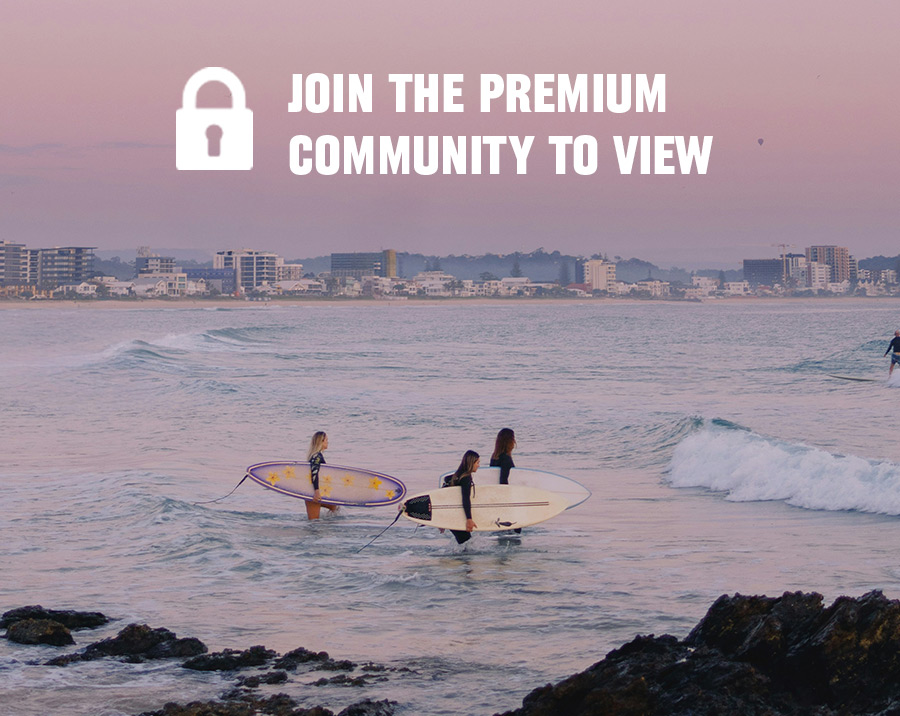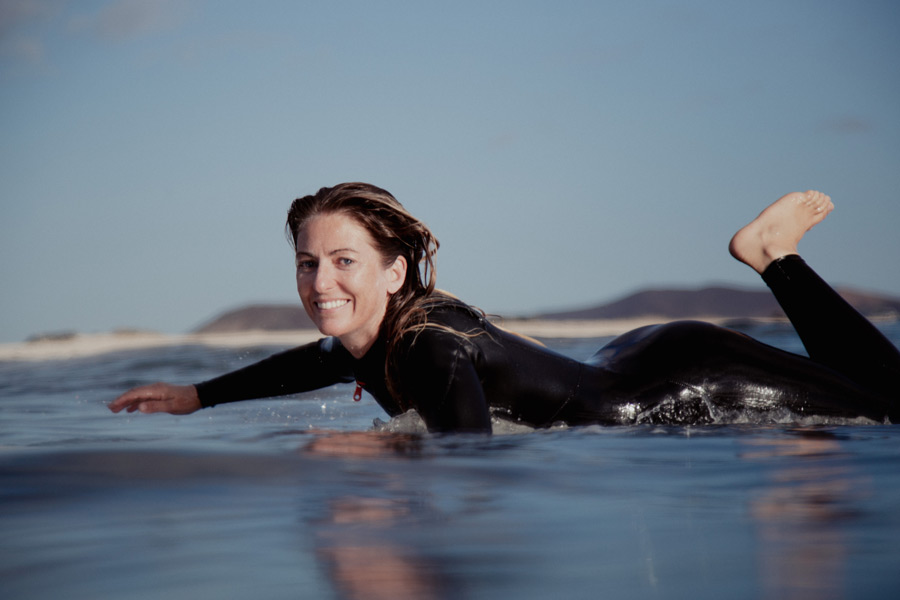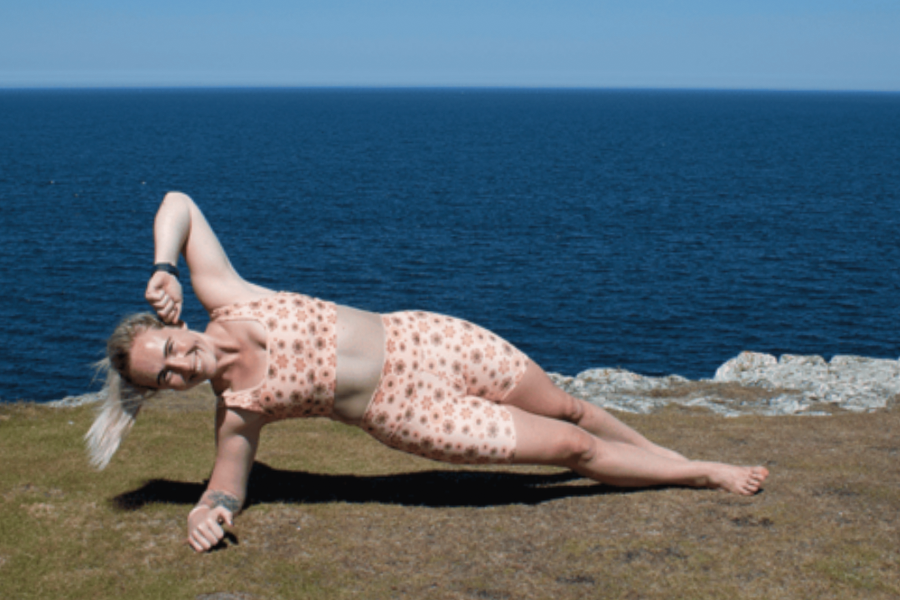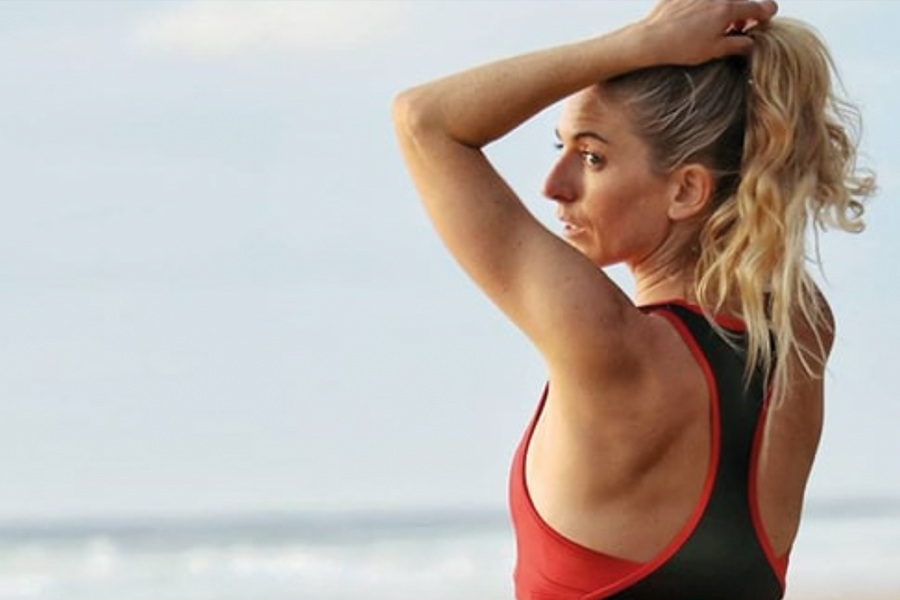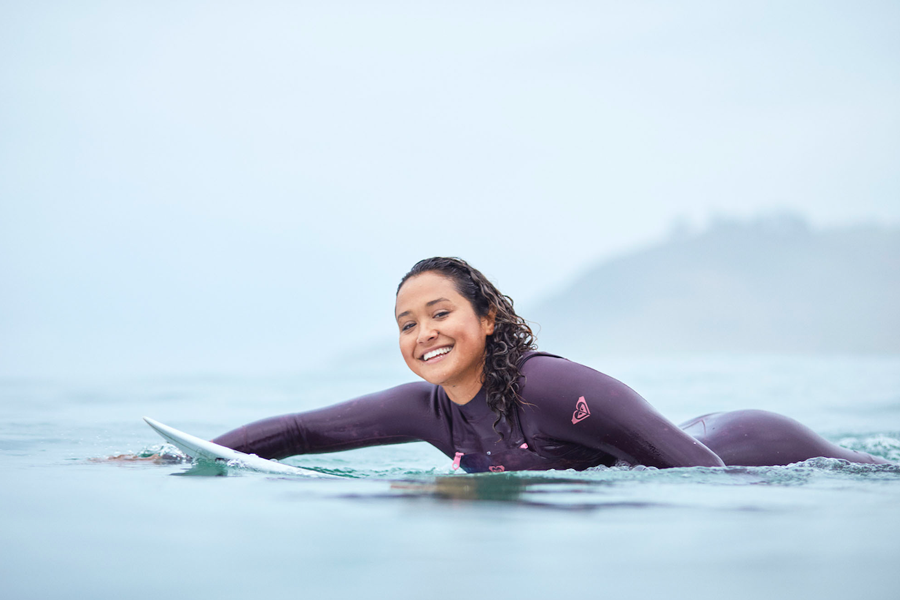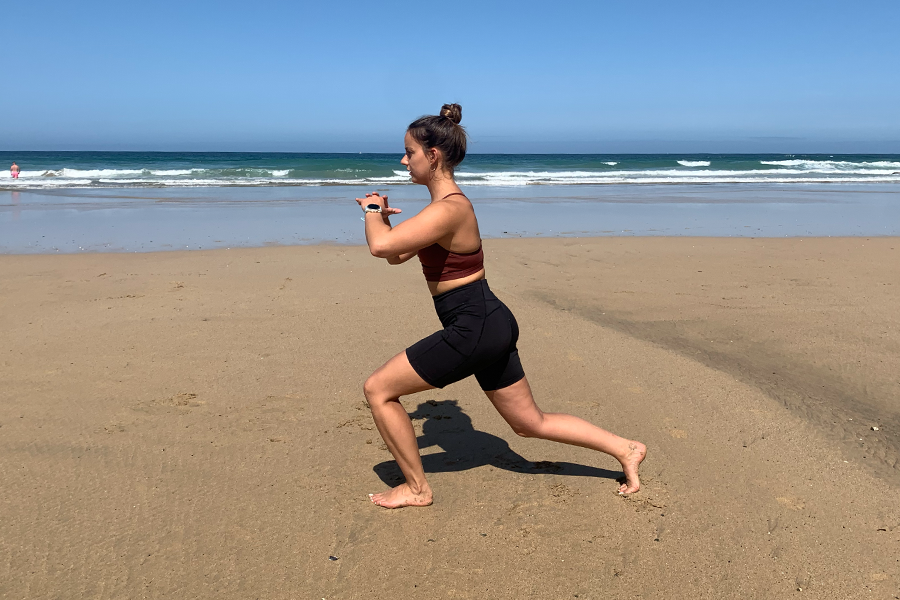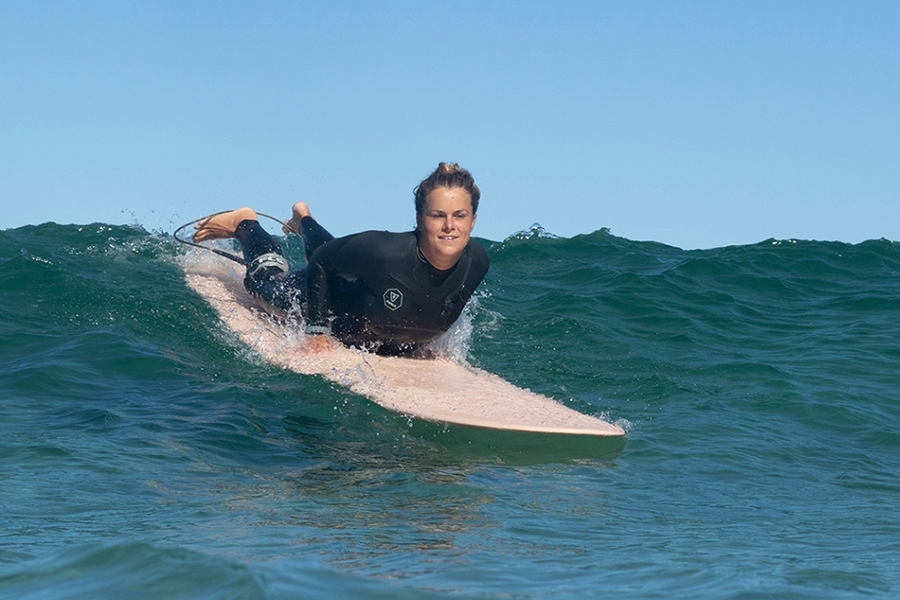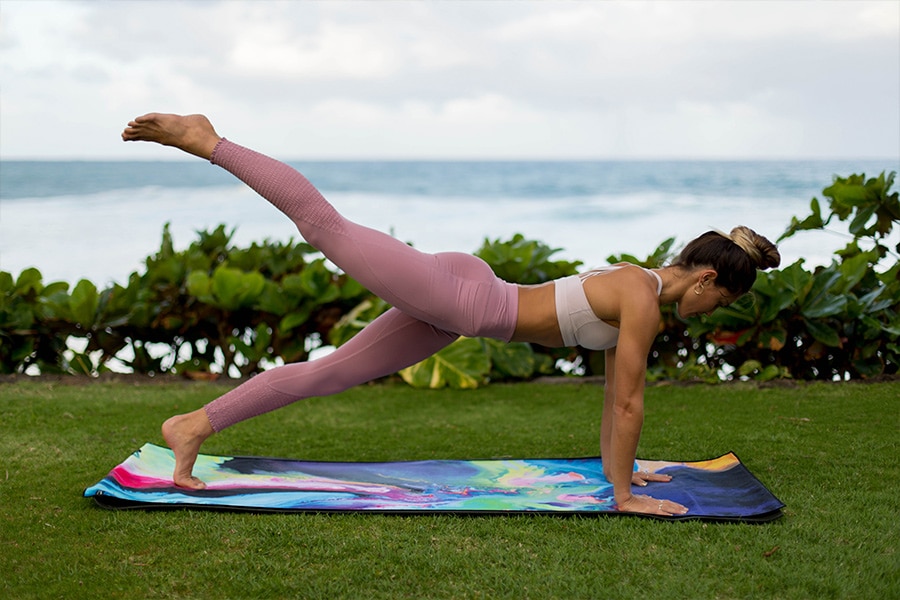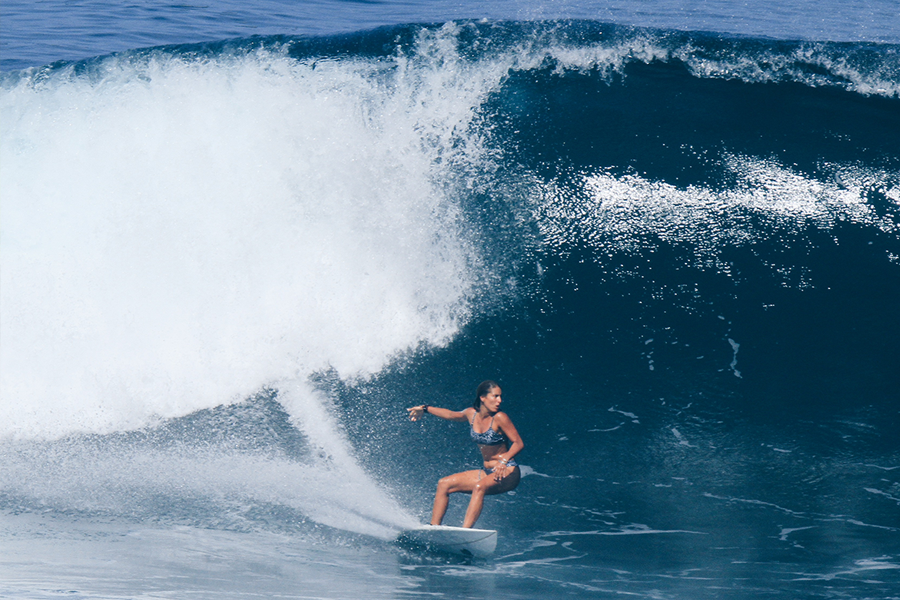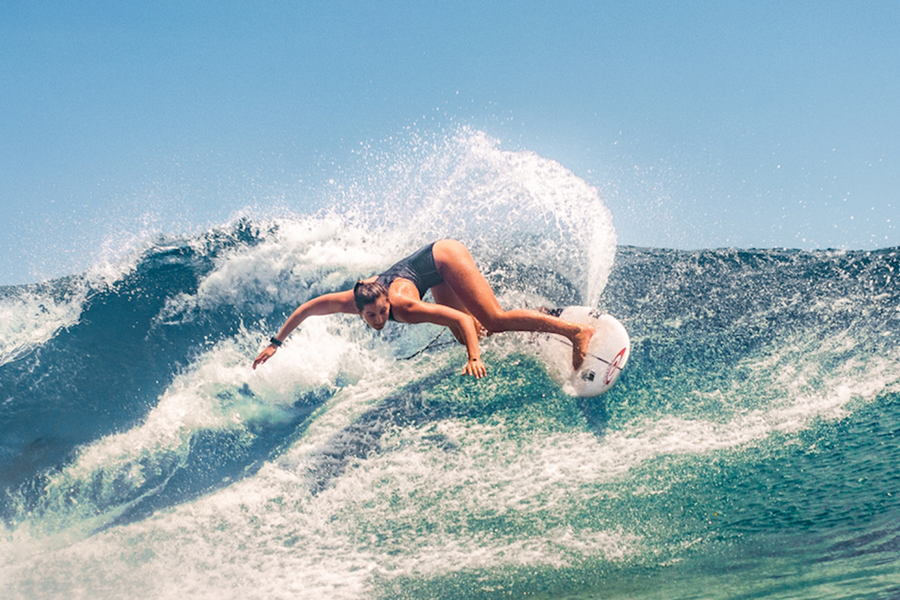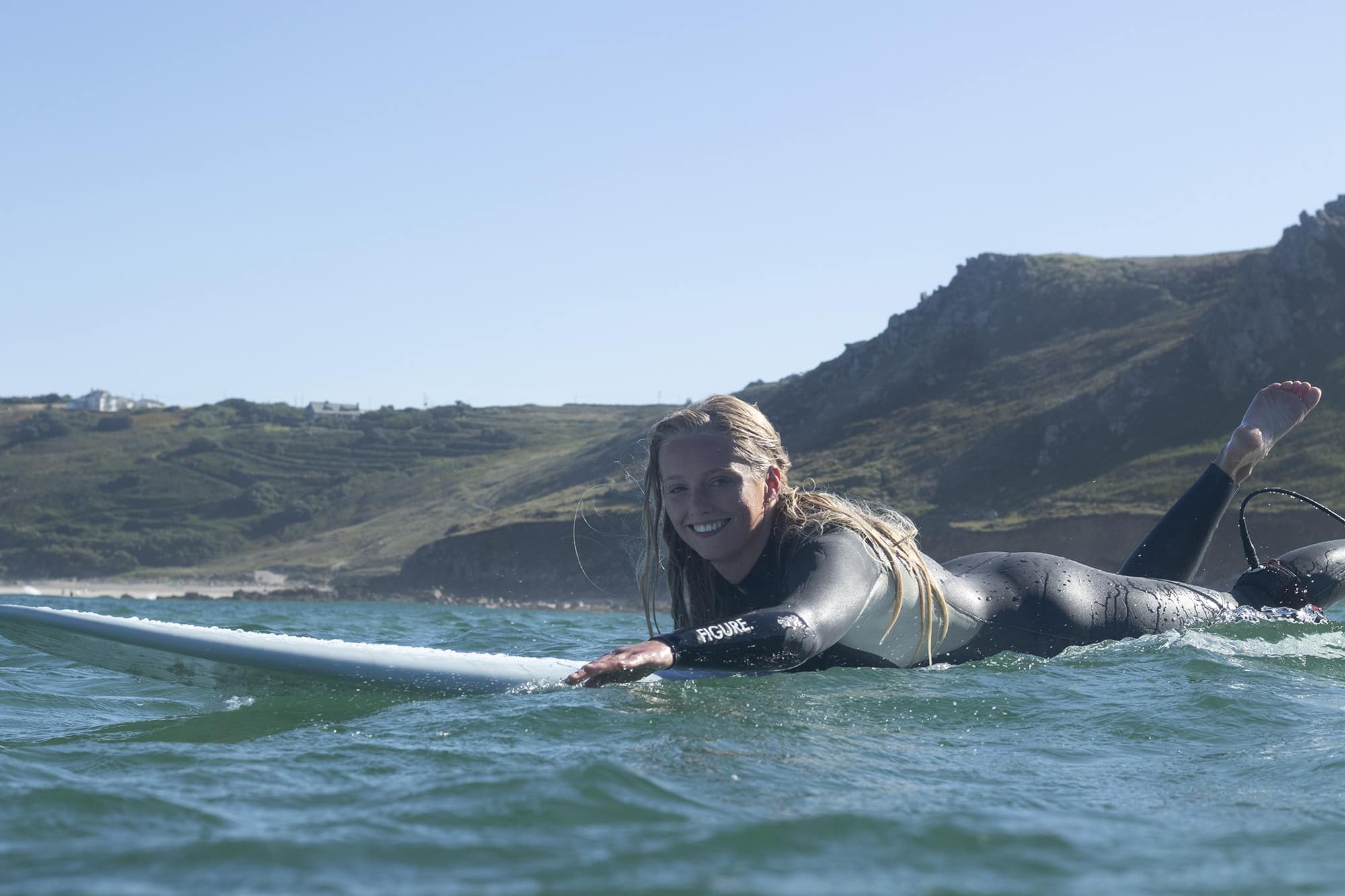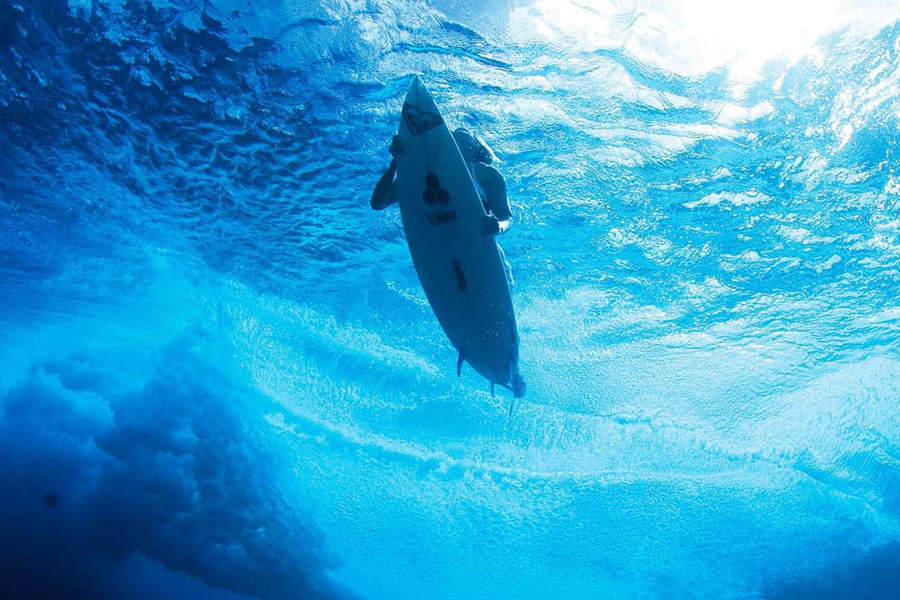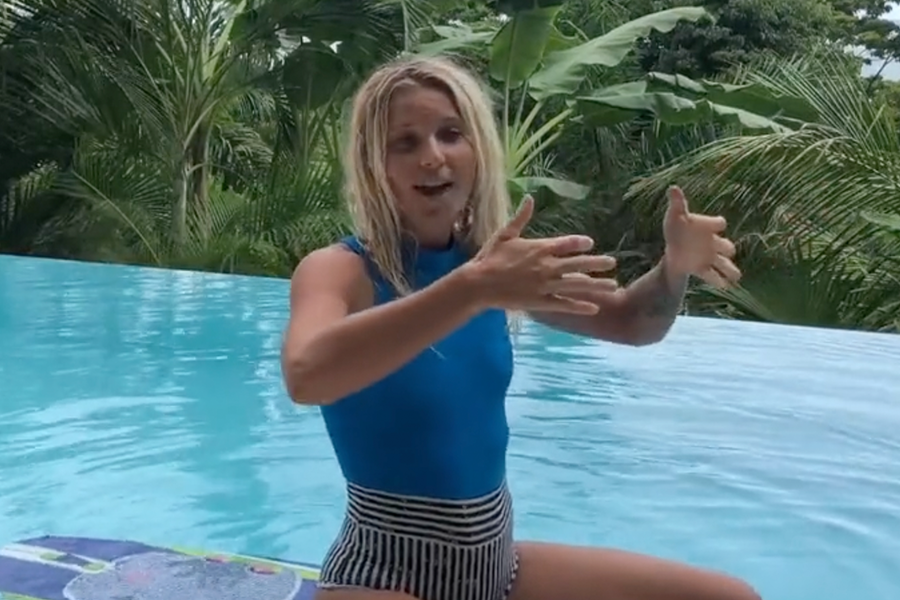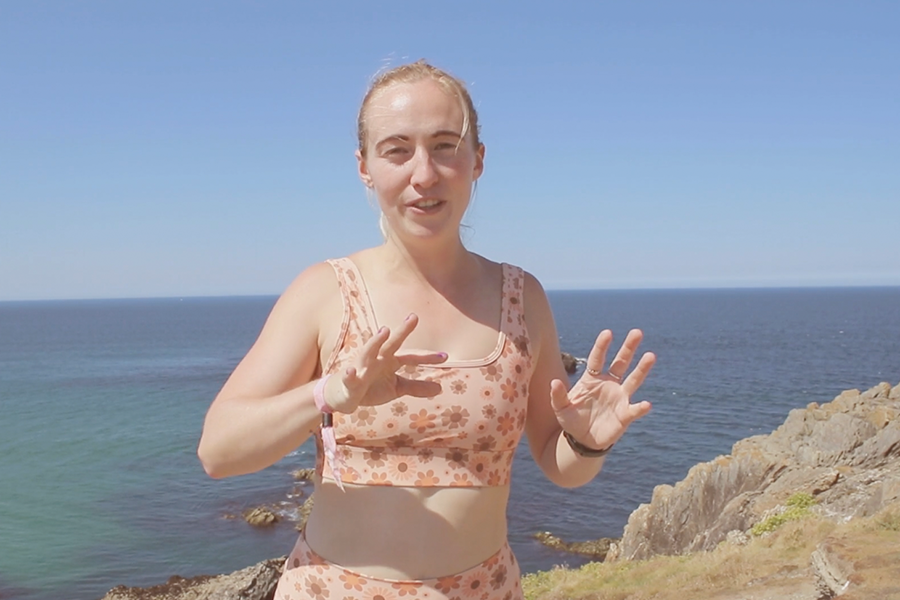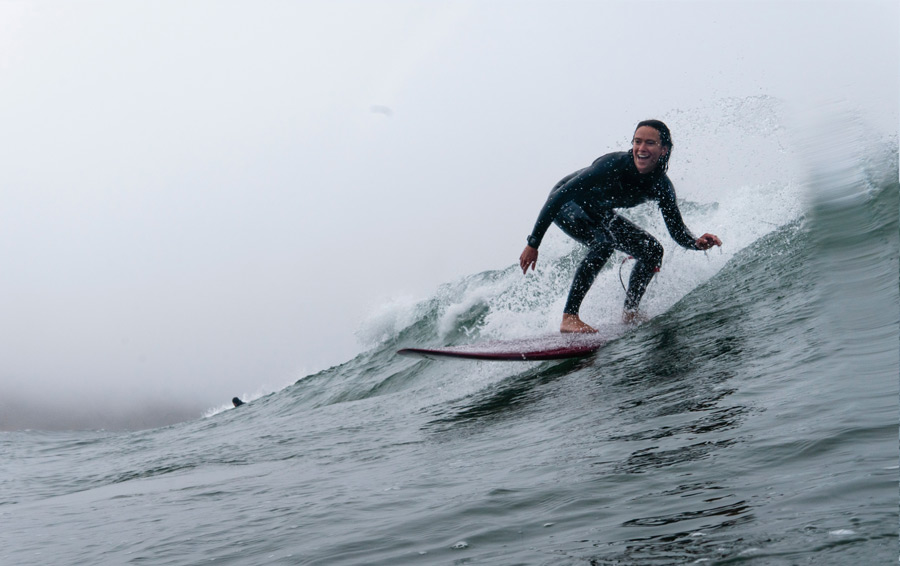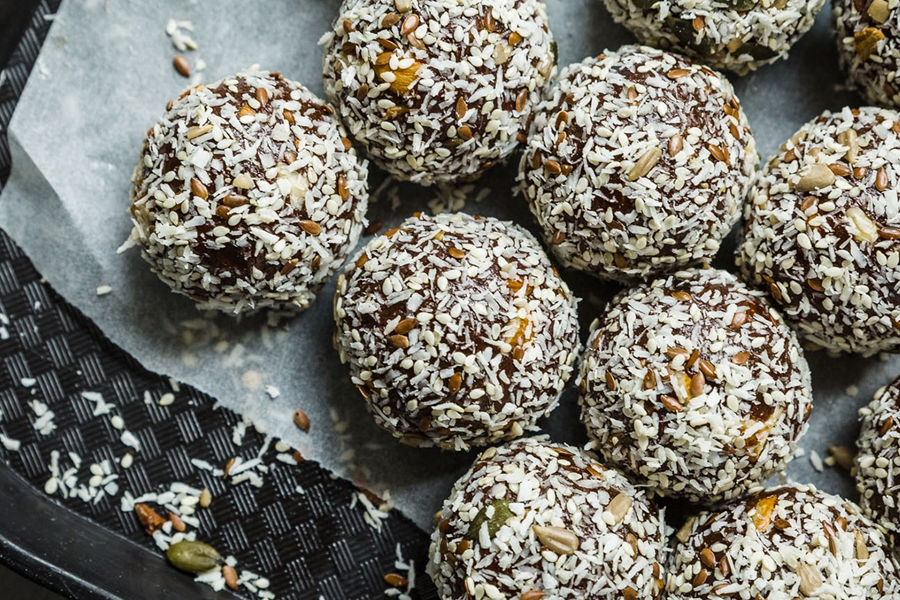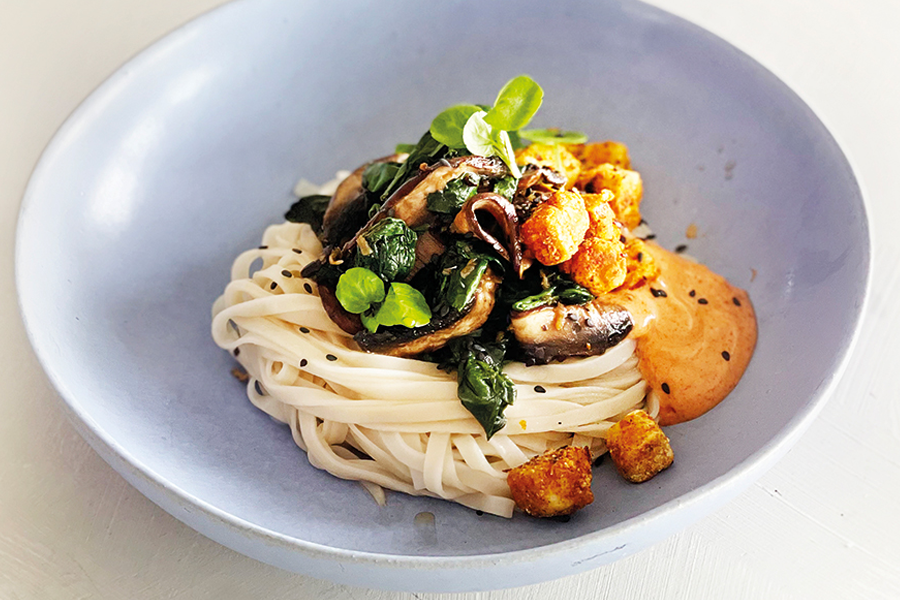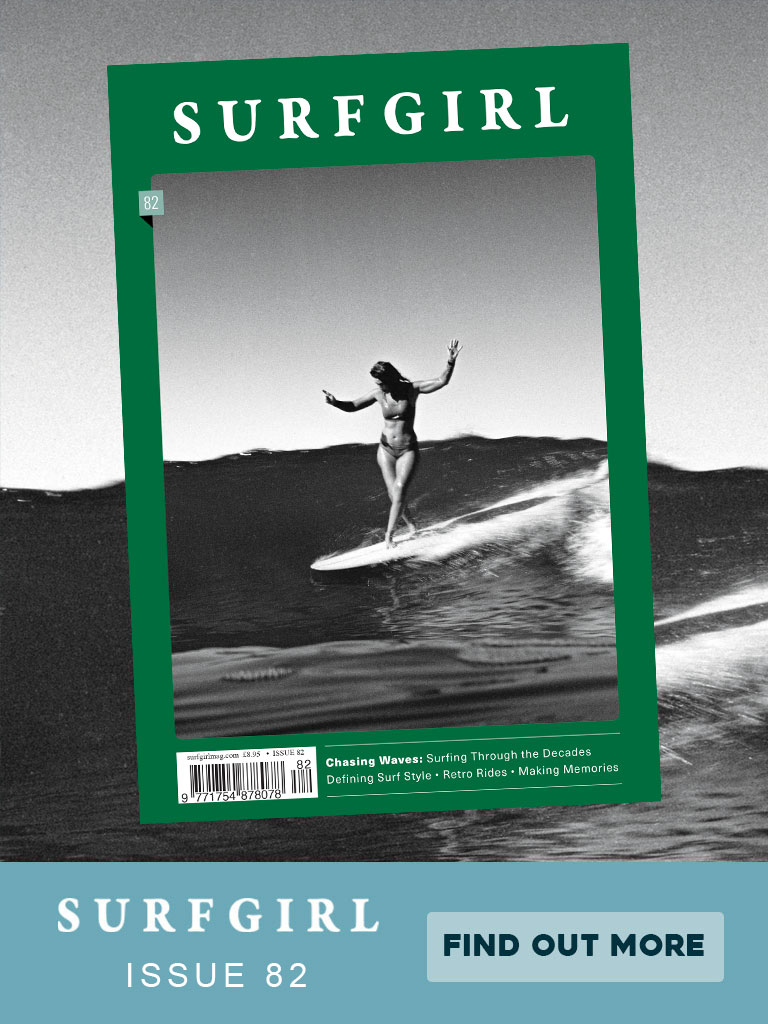Already a member? Sign in to your account
Signed in but can’t see the content?
Update Your Card > Menu > Subscriptions > Renew Now
Other issues? Email [email protected]
![]()
Join SurfGirl Premium today
6 MONTHS + print mag
£8.33/mo
GET SURFGIRL MAGAZINE PLUS DIGITAL SUBCRIPTION
£50.00 Billed bi-annually. Includes SurfGirl Print Magazine Subscription.
Cancel anytime.
SurfGirl Print Magazine delivered to your door
Full access to SurfGirl Premium
Surf Fitness Library
Surf theory training
Fuel for surfers recipe bank and nutrition tips
Join the online community of Surf Girls and share the stoke!
Quarterly
£13.66/mo
GET 3 MONTHS OF SURFGIRL PREMIUM
£40.99 Billed Quarterly.
Cancel anytime.
Full access to SurfGirl Premium
Surf Fitness Library
Surf theory training
Fuel for surfers recipe bank and nutrition tips
Join the online community of Surf Girls and share the stoke!
Print magazine
Monthly
£22.00/mo
GET 1 MONTH OF SURFGIRL PREMIUM
£22.00 Billed Monthly.
Cancel anytime.
Full access to SurfGirl Premium
Surf Fitness Library
Surf theory training
Fuel for surfers recipe bank and nutrition tips
Join the online community of Surf Girls and share the stoke!
Print magazine
Surf Fitness
Training that will make you surf strong.
SurfGirl Premium members have over 200 real-time surf specific workouts at their fingertips. Try one now.
Surf Tutorials
Surf theory lessons to get you to the top of your surfing game.
Knowledge and surf tips from professional surf instructors and surfers to get you surfing better and longer, build confidence and motivation.
nutriton



